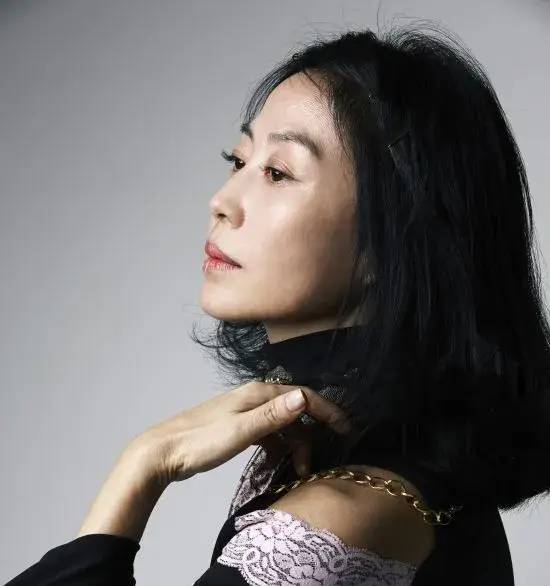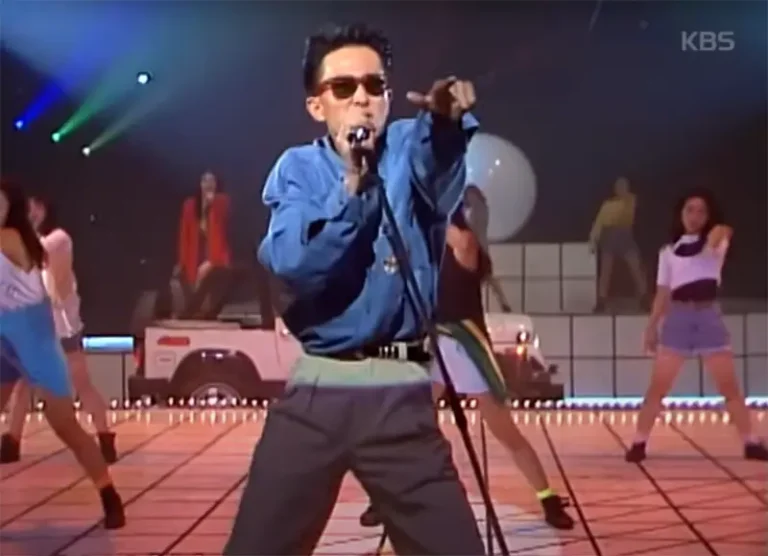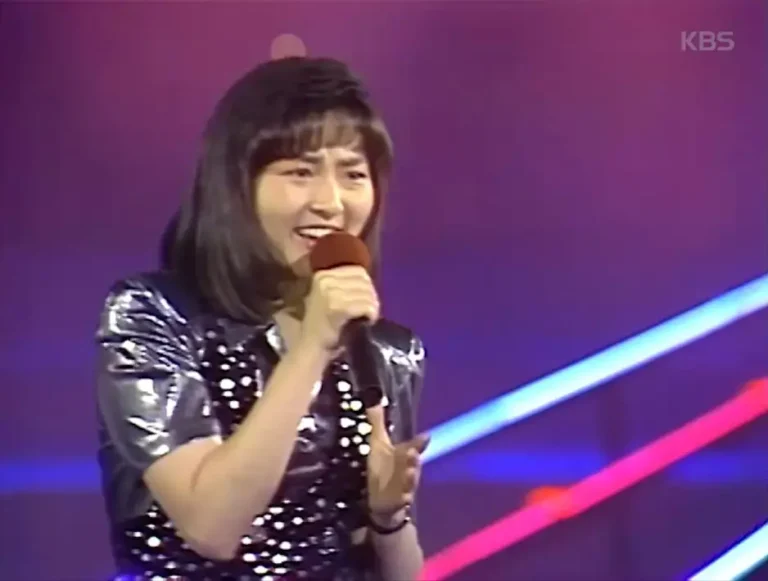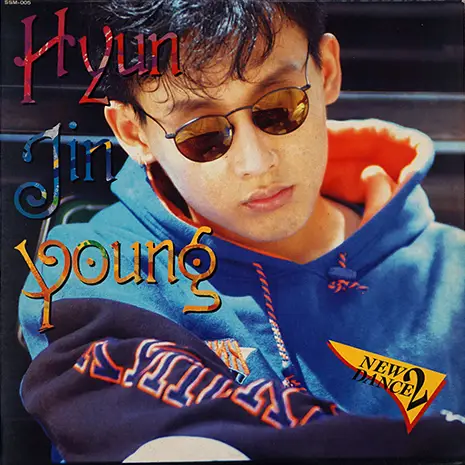
Min Hae-kyung is a celebrated South Korean singer who emerged as a prominent figure in the Korean music industry during the 1980s. Known for her powerful vocals and dynamic stage presence, she has enjoyed a long and influential career. Her versatility as both a singer and a dancer has allowed her to remain relevant across several decades, and she continues to be respected by peers and fans alike.
Early Life and Education
Born on April 18, 1962, in South Korea, Min Hae-kyung developed an early interest in music and performance. She attended Seoul National Art High School, a prestigious institution known for nurturing artistic talent. This educational background provided her with a strong foundation in both singing and classical dance, skills that would later become central to her career.
Debut and Early Career
Min Hae-kyung made her debut in 1980, quickly establishing herself as a fresh and exciting presence in the Korean music scene. Her early work blended pop and ballad styles, appealing to a wide audience. She became particularly known for her ability to convey deep emotion through her singing, as well as her energetic and engaging performances.
One of her most famous early songs was the ballad “One Girl’s Love Story” (“어느 소녀의 사랑이야기”), which became a signature piece closely associated with her legacy. This song showcased her vocal range and emotional depth, helping to solidify her reputation as a top-tier vocalist.
Musical Style and Notable Works
Min Hae-kyung is recognized for her versatility, adeptly performing both upbeat dance numbers and heartfelt ballads. Her discography spans multiple decades and includes a wide variety of musical styles, reflecting the evolving tastes of Korean audiences over the years.
Her albums include Min Hae Kyung Vol. 2 (1983), Min Hae Kyung (1986), Best 11 (1988), Min Hae Kyung 9 (1989), Jump ’90 (1990), Best 2 (1991), Jump ’91 (1991), Love in Me (1992), Best Collection (1993), Best of Best (1995), Wind of Change (1995), Remember (1996), U And Me (1999), Min Hae Kyung Best – Rose (2002), Golden (2006), and Vol. 17th: Balance (2013).
Her 1986 album, simply titled Min Hae Kyung, is notable for its hit track “Looking for My Life” (“내 인생을 찾아서”), which became a focal point of her career despite later controversies. This album, produced by Lee Se-geun, was recorded in both Japan and Korea, reflecting her international appeal and the ambitious scope of her work.
Career Highlights and Achievements
Throughout her career, Min Hae-kyung has achieved numerous milestones. She won the Grand Prize at the ABU Song Contest in 1990 and the Grand Prize at the Teenager Song Contest in 1994, underscoring her status as a leading figure in Korean music. Her ability to connect with audiences of all ages has made her a beloved icon, and her music continues to be celebrated for its timeless appeal.
Her live performances are particularly memorable, combining her vocal prowess with expressive dance routines. This dual talent has set her apart from many of her contemporaries and has contributed to her enduring popularity.
Personal Life and Interests
Min Hae-kyung is married and has one daughter. Beyond her music career, she is known for her hobbies, which include dancing and golf. She is also proficient in Japanese and has a background in classical dance, further highlighting her diverse interests and talents.
Television and Film Appearances
In addition to her music, Min Hae-kyung has made appearances on various television shows and in films. She had a bit part in the critically acclaimed 2003 film Old Boy and has participated in numerous variety and music programs, including Immortal Songs: Singing the Legend, The Age of Oppa, and Best Friend Documentary: Table for 4. These appearances have helped to keep her in the public eye and have introduced her to new generations of fans.
Legacy and Influence
Min Hae-kyung’s influence on the Korean music industry is substantial. She is regarded as a pioneer who helped shape the sound and style of Korean pop in the 1980s and 1990s. Her ability to adapt to changing musical trends while maintaining her unique artistic identity has ensured her lasting relevance.
Her music continues to be enjoyed by fans old and new, and she is frequently cited as an inspiration by younger artists. Her contributions to the development of Korean pop culture are widely recognized, and she remains a symbol of artistic excellence and perseverance.
Recent Activities and Continued Relevance
Even in recent years, Min Hae-kyung has remained active in the entertainment industry. She has participated in television programs, released new music, and continued to perform at concerts and special events. Her 2013 album Vol. 17th: Balance demonstrates her ongoing commitment to her craft and her willingness to explore new musical directions.
Her presence on social media and in the media ensures that she remains connected to her fan base, and her music continues to resonate with audiences around the world.
Conclusion
Min Hae-kyung is a true icon of Korean music, whose career has spanned over four decades. From her early days as a rising star to her current status as a respected veteran, she has consistently demonstrated talent, versatility, and dedication. Her music, characterized by emotional depth and dynamic performance, has left an indelible mark on Korean pop culture. As she continues to inspire new generations of artists and fans, Min Hae-kyung’s legacy as a pioneering and influential singer is assured.


